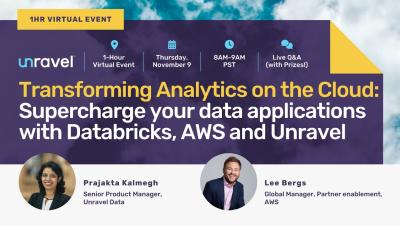Cloud Data Cost Q&A 2024: Your Top 7 Cloud Data Cost Questions Answered (In 30 minutes)
In 2023, cloud service usage was supercharged to enable the creation and scaling of new products and services, to gain faster business insight, and to leverage the emergence of new technologies such as Gen AI. However, with cloud spending expected to increase by 20.4% in 2024, how are YOU ensuring inefficient code and underutilized cloud resources are not contributing to your overall costs?







